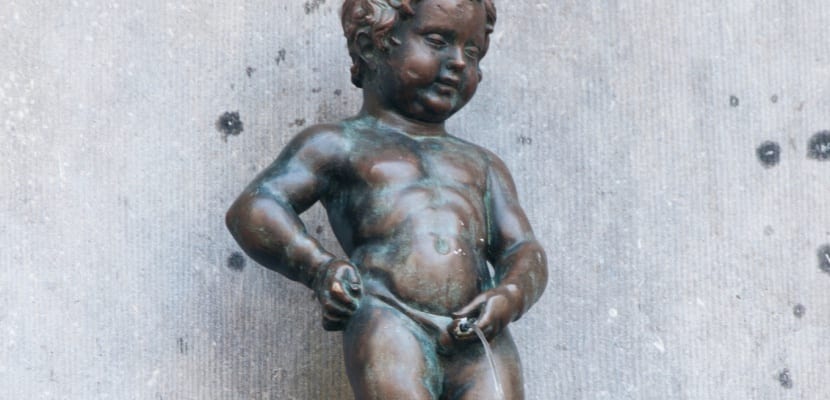
You may have heard of the kegel exercises, or maybe not. It does not matter, if you are here it is because something of curiosity has prompted you. You will know the ins and outs, the qualities, the benefits and what these exercises are for to improve your health.
These exercises exercise the pelvis in general And although many people believe it, they are not only focused on women. Both men and women can perform them and begin to notice amazing physical changes.
These exercises were devised by the learned Arnold kegel to strengthen the muscles of the pelvic floor. Women who suffered from urinary incontinence at that time opted for surgery and it was not always satisfactory, for this reason, Kegel came up with improving the physical area of that area.
Kegel exercises, what is it exactly?
Pubococcygeus muscle
They can be performed in different ways, although all of them start from the contraction and relaxation of the pubococcygeus muscle, known as the pelvic floor muscle. This increases strength and physical endurance, urinary incontinence is prevented or avoided and other kinds of problems are prevented.
This muscle has a nerve connection that reaches the pelvic nerve, a branch that connects the uterus and bladder of women, While in the man connects bladder and prostate with the lower part of the spine.
This muscle is strong and transmits a lot of energy, in the case of women it stimulates the uterus and in men the prostate.
Kegel exercises
They are movements designed to strengthen pelvic floor muscles, both in women and men.
They serve much more than treat urinary incontinenceBy working on this part of the body, it allows us greater control of these muscles, achieves greater support of the viscera and improves sexual function.
To explain the area in question, we imagine a Wicker basket. The diaphragm would be the lid of the basket, the front part and the sides are formed by the transverse abdomen and in the back part the lumbar muscles would be located. The basis of the wicker basket is our pelvic floor muscles.
How to do the exercises
These exercises do not require a visible movement in the body, since they are carried out internally, for this reason they can be done anywhere. The ideal is to do it sitting down or if you are a beginner lying down.
Place your hips in a neutral position and perform the movement in four phases: contraction, lifting the muscles, maintaining the position and returning to the starting position, finally stops contracting and relaxes the muscle.
To do it correctly we advise breathe normally, do not hold your breath Although we contract the muscle, we must relax our abdomen and buttocks, since pressure should not be exerted in these areas.
Kegel exercises benefits
- In the case of women who have been purlins, the body must return to its natural and normal state, is achieved with these movements.
- Helps maintain greater incontinence control, both urinary and fecal. After a prostate or postpartum surgery it is highly recommended.
- Increases effectiveness in sexual intercourse. Kegel promises to improve the quality of relationships regardless of gender. In men it helps to control premature ejaculation, while in women it tones the vaginal muscles, thus improving friction during penetration. It increases the sensitivity of the area and the man is stimulated for evacuation.
Causes of why the pelvic floor is weakened
It can be for several reasons, although the most common are:
- Being a mother: the transformation of the body and the weight of the baby in the womb.
- Birth: the baby's passage through the vagina.
- Postpartum: women may do sports to get back to their figure and not focus on the pelvic area.
- Impact sports and jumping can worsen the muscles.
- Menopause: hormonal changes cause loss of flexibility and atrophy.
- Genetic heritage: it is expected that two out of ten women they tend to innately have the weakest muscles.
- Habits acquired: hold urine for a long time, wear very tight clothes, practice singing or play wind instruments.
- Other related causes: suffer constipation, stress, chronic cough, or obesity.


